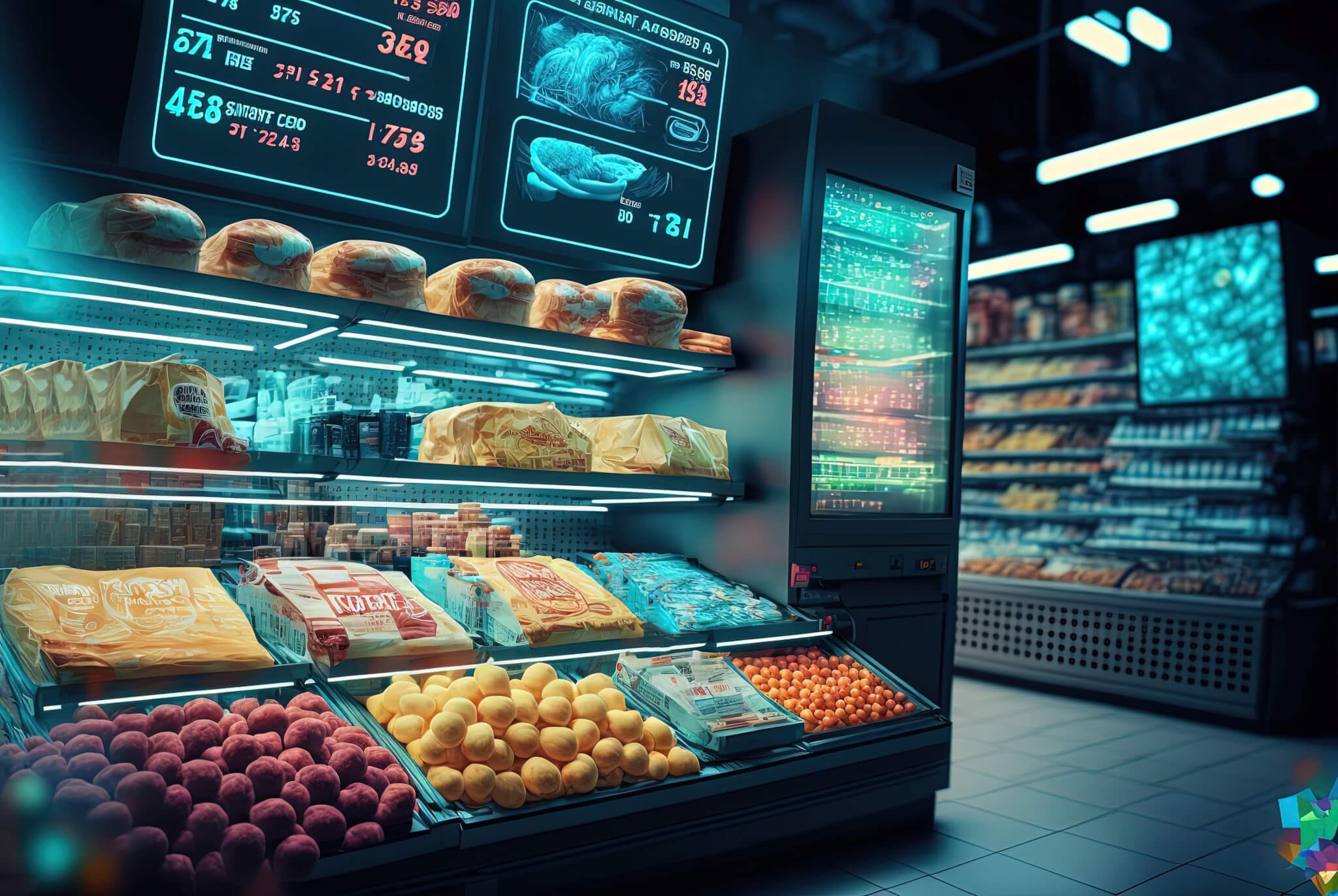
The Future of Grocery Shopping: A Hyper-Personalized Experience
Filed Under: Shopper, Food & Beverage, Grocery
Kathleen Blum
Vice President, Shopper Insights Research
From the aisle of a grocery store to the digital interface of online shopping, the future of grocery retail promises to be hyper-personalized. As a shopper insights researcher, I’ve spent countless hours understanding shopper behavior, preferences, and pain points. The Supermarket News article by Alarice Rajagopal, Hyper-personalization Is the Future, According to Grocers, unveils findings that validate what many in the industry are anticipating: the evolution of grocery retailing is geared towards a more individualized approach. Here are six reasons why this is significant for brands.
1. Tailored Shopping Experience – The End of One-Size-Fits-All
With 87% of grocery retailer executives predicting hyper-personalized marketing, brands can no longer bank on a universal appeal. The message is clear: to thrive in this new environment, brands must understand their individual customers intimately. This means that instead of casting a wide net, brands will benefit from precision-targeted marketing strategies that resonate with specific shopper segments. At C+R, we’ve believed for a long time that personalized marketing is best; and this article confirms that it continues to be more and more important.
2. The Rise of Store-Branded Offerings
The retail landscape is shifting with store-branded offerings gaining prominence, leading many industry executives to believe that national-brand CPG partnerships will become less crucial. This change is amplified as CPG companies increasingly explore direct-to-consumer channels. Traditional brands must reinvent and strengthen their value propositions to remain relevant in this evolving market.
3. Leveraging Technology for Better Shopping Experiences The anticipated technological advancements, such as no or reduced checkout experiences and tailored sampling, signify an era where shopping is not just transactional. For brands, this means they need to craft memorable in-store experiences, leveraging technology to ensure the shopper journey is seamless, informative, and engaging.
We have been working tirelessly to understand the shopping experience through our myriad custom solutions, including shop-alongs, in-store intercepts, eye tracking, and UX, among others. We also have various partnerships for observing shoppers to aid in refining shelf strategies.
4. A Sustainable Future—Beyond Products
The article states that factors like climate change and deforestation are impacting purchase decisions. Through our experience, we do find that there is a segment of the population that cares about brands’ sustainable practices and will make their purchase decision based on these practices. However, as inflation continues to take a bigger bite out of shoppers’ budgets, we are finding that shoppers will trade a lower price vs. buying a sustainable product. This could change, of course, as inflation subsides, but for now, we feel that shoppers are putting low prices at the top of their list.
5. The Workforce Reflects Brand Values
Seeing that 84% of grocers believe the store associate experience should mirror the consumer experience is telling. Brands will be evaluated not just on their products but on their ethos, culture, and treatment of employees.
6. Navigating External Forces
From understanding shifting consumer habits to adapting to global disruptions like tariffs and shipping constraints, brands must be agile. The emphasis on “mass to micro” suggests that success will come from adapting quickly to micro-trends and local nuances.
Final Thoughts
The future of grocery retail is both exciting and challenging. These changes are opportunities for brands to connect with their consumers personally, reevaluate their strategies, and evolve in alignment with emerging trends. After all, in an era of hyper-personalization, the brands that listen, adapt, and engage on a personal level will truly stand out to shoppers.
what’s new
& coming up
WEBINAR
The Shopping Experience: Strategies to Influence Behavior at Shelf/Page
In today’s environment of uncertainty, now more than ever, it’s critical to deeply understand the shopping experience. Join us for a webinar that will feature C+R’s shopper insights experts, joined by our partner, Retail Aware. In this webinar:
- C+R will focus on how to uncover shoppers’ perceptions, thoughts, and feelings about the brick & mortar and the digital shopping experience using various methods such as online user experience, shop-alongs with eye tracking, and in-store intercepts.
- Retail Aware will bring the perspective of observation research via proprietary sensors that track product movement to see how shoppers interact with product displays.
Join them to learn how you can develop strategies and tactics to help you win at shelf/on page, to increase sales and help drive loyalty.
Now On-Demand!

